The first thing to know is that Chengdu has also joined the contest #IlFuturoNelleNostreRadici.
The second is that it is the city of pandas.
The first time I went to dget a visa to take part in a delegation of Italian operators organized by OBOR and the CPAFFC (Chinese People's Association for Friendship with Foreign Countries), the operator of the embassy immediately asked me: "Go and see the Pandas, do you?"
"Sure!", I certainly didn't want to disappoint him and tell him that we will go and see the horses.
Before going into detail about the importance of Chengdu in current Chinese history (these days it often appears on the news), let's give some numbers about the city.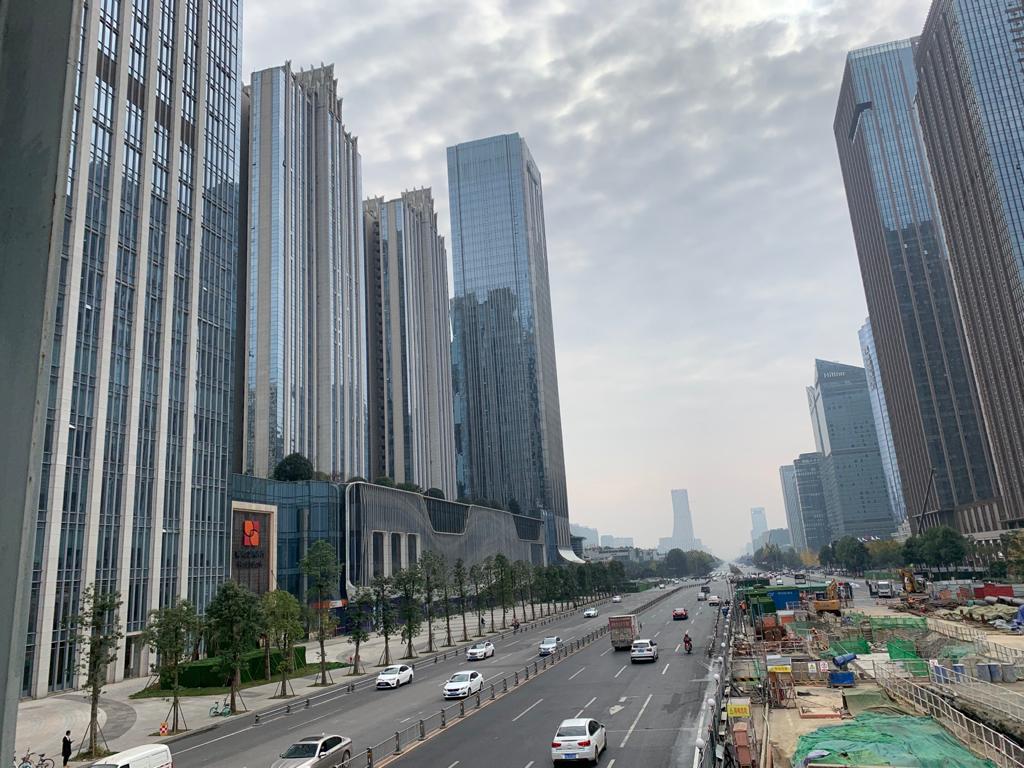
Chengdu is a city of about 17 million people and is the capital of Sichuan Province, more or less under the Tibetan plateau.
From here every 6 hours one of the very long trains that connects China with Europe leaves and in eventually stops in Duisburg in Germany. Visiting the departure railway station is a real technological experience.
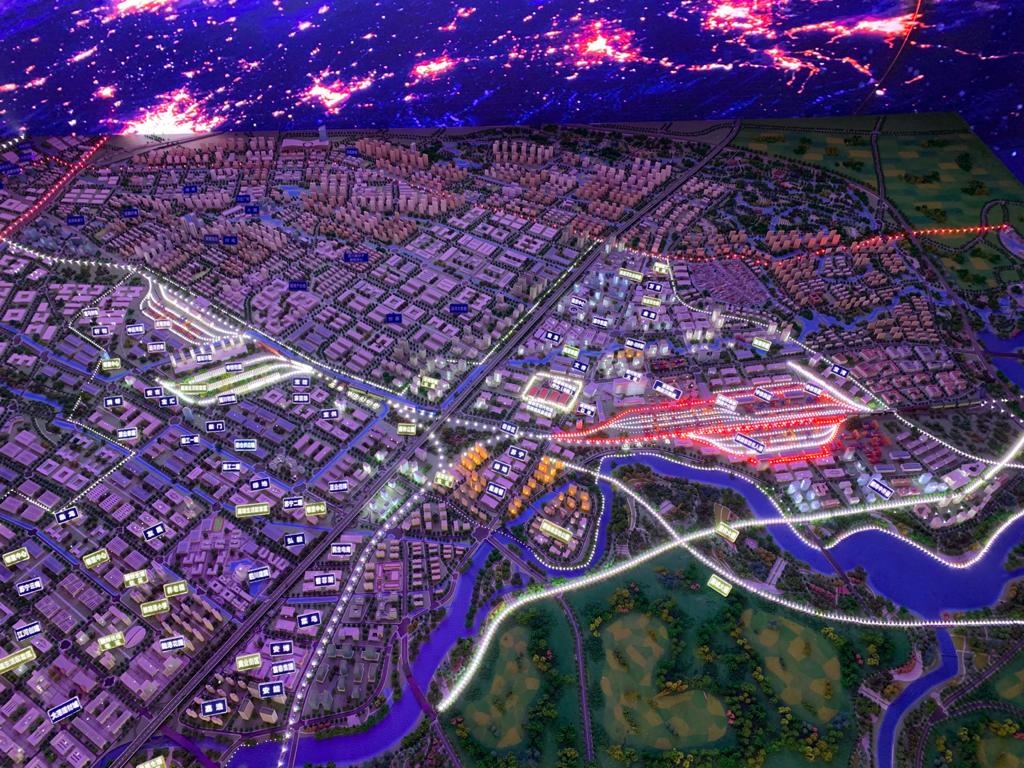
Many remember this province for the terrible earthquake of a few years ago of which traces are no longer visible. Indeed, the city and the province are in full swing and the buildings are born like mushrooms.
Others know Sichuan for its cuisine and its pepper, counted among the intangible heritage of humanity by UNESCO and Chengdu is the Chinese capital of gastronomy.
It is no coincidence that Slow Food has its own Ark of Taste and has chosen hengdu for its international cooking meeting. After this meeting, China decided in 2017 to build 1000 Slow cities in which to preserve traditional products and local cuisine.
And when China decides to do something, then it realizes it.
Another thing that China has decided, and that COVID has accelerated, is the creation of neighbourhoods dedicated to art in every city. The one under construction in Chengdu is called Tianfu and is a wax satellite city of 200,000 inhabitants full of art galleries, museums, universities and art academies.
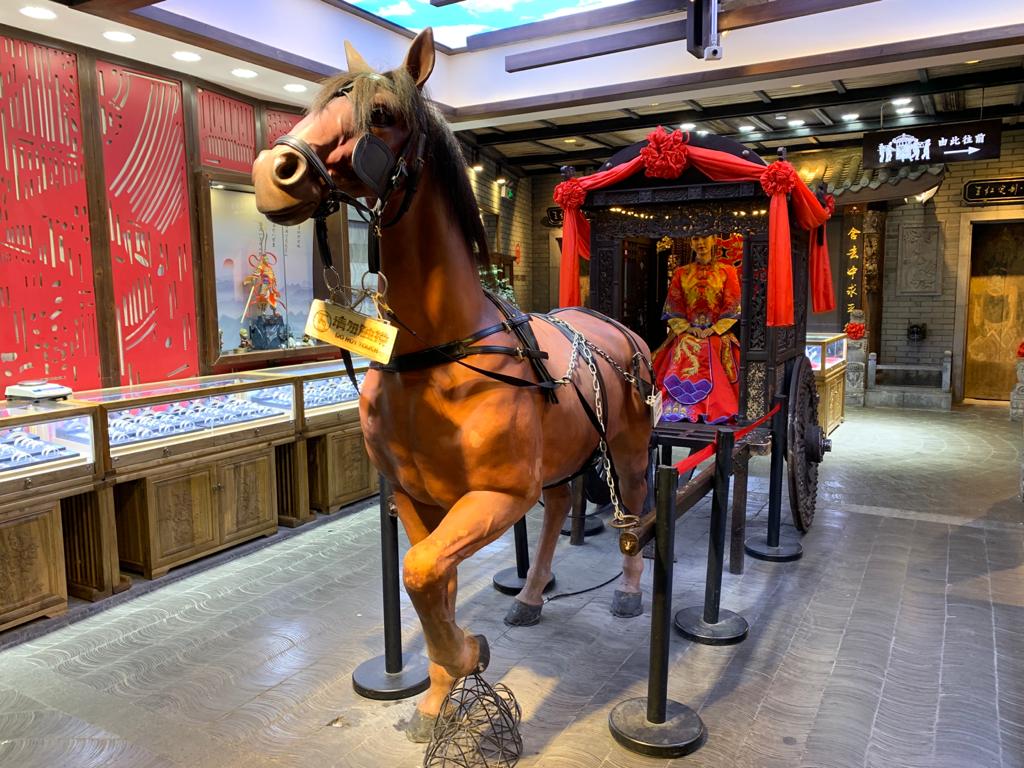
And also of equestrian centres ...
Yes, because Chengdu has for years been one of the most important cities for the horse trade between China and Tibet. From here passed the famous Road of Tea and Horses with which the Chinese supplied their horses in exchange for the tea produced in Sichuan. Tea was used to balance the fats of the rich diet of the people of Tibet.
The sport of polo was born in Chengdu, or at least had its maximum development, shortly after the year one thousand. It was practiced as military training but then it had become a court show to the point that there were real tailors for the knights' uniforms.
Today Chengdu is still the capital of Chinese equestrian sports and a stage of the World Jumping Championships is held every year, in addition to numerous other international events.
On our trip we also visited an equestrian centre for beginners located on the third floor of a shopping centre, the largest in Asia. And therefore of the world.
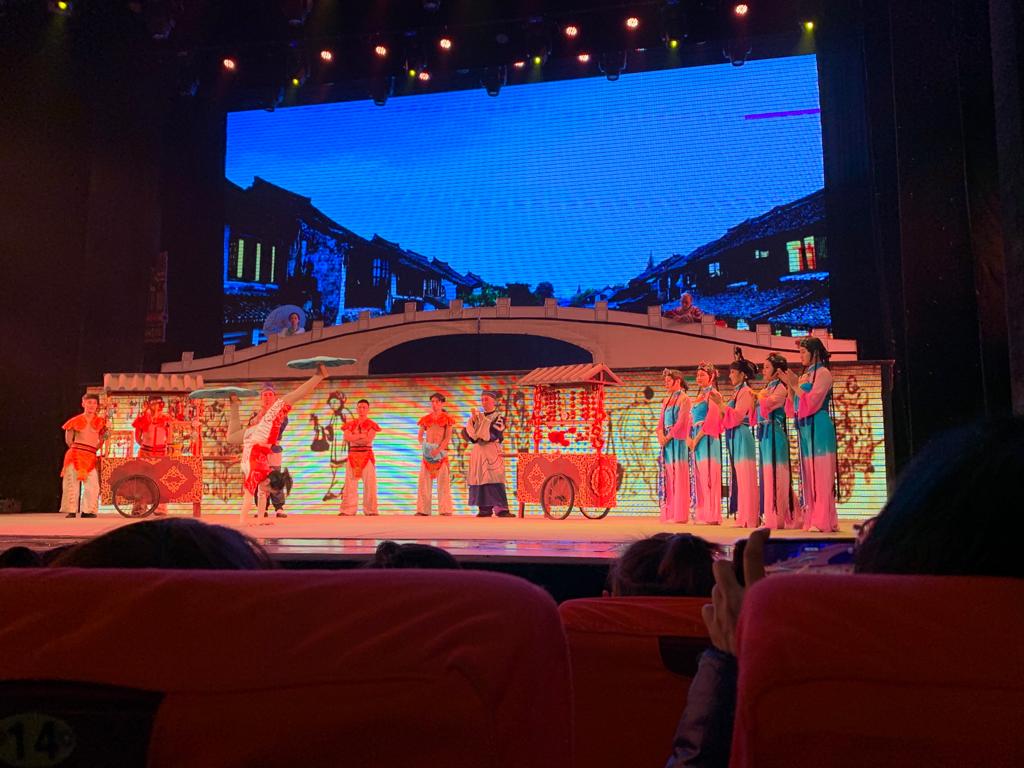
On our trip we also visited an equestrian centre for beginners located on the third floor of a shopping centre, the largest in Asia. And therefore of the world.
One last story ... Chengdu is famous for the traditional Sichuan Opera theatre called Face Changing because the actors can change dozens of facial masks in seconds during the show. Hard to believe, you just have to go and see.
This is the Chengdu that joined our contest and we can't wait to read her stories.
Yes, Chengdu is also the city of pandas!
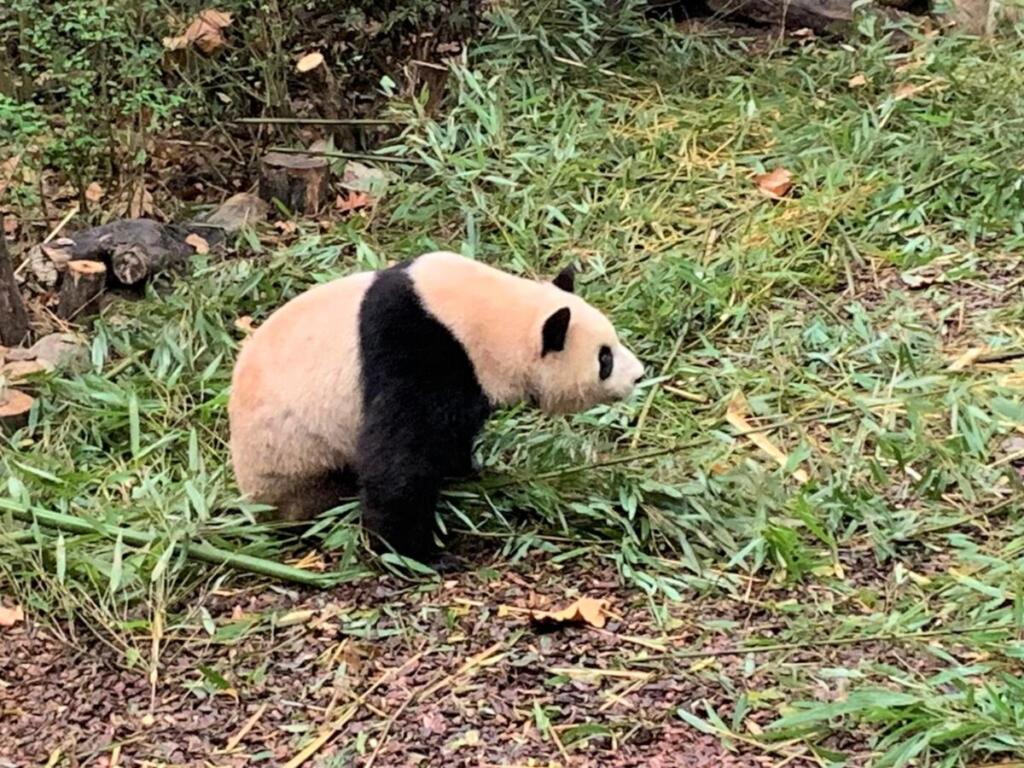









Follow us